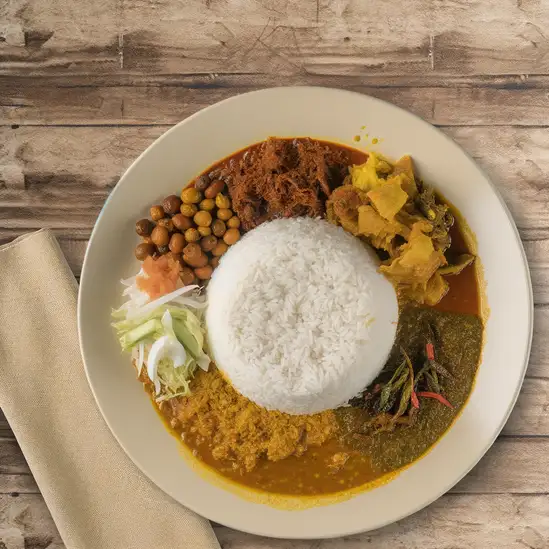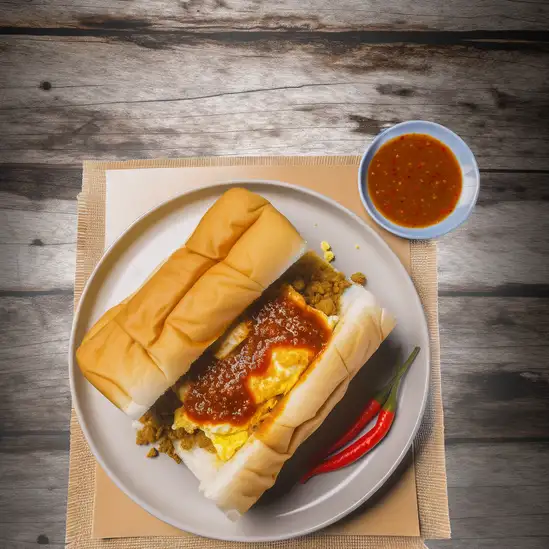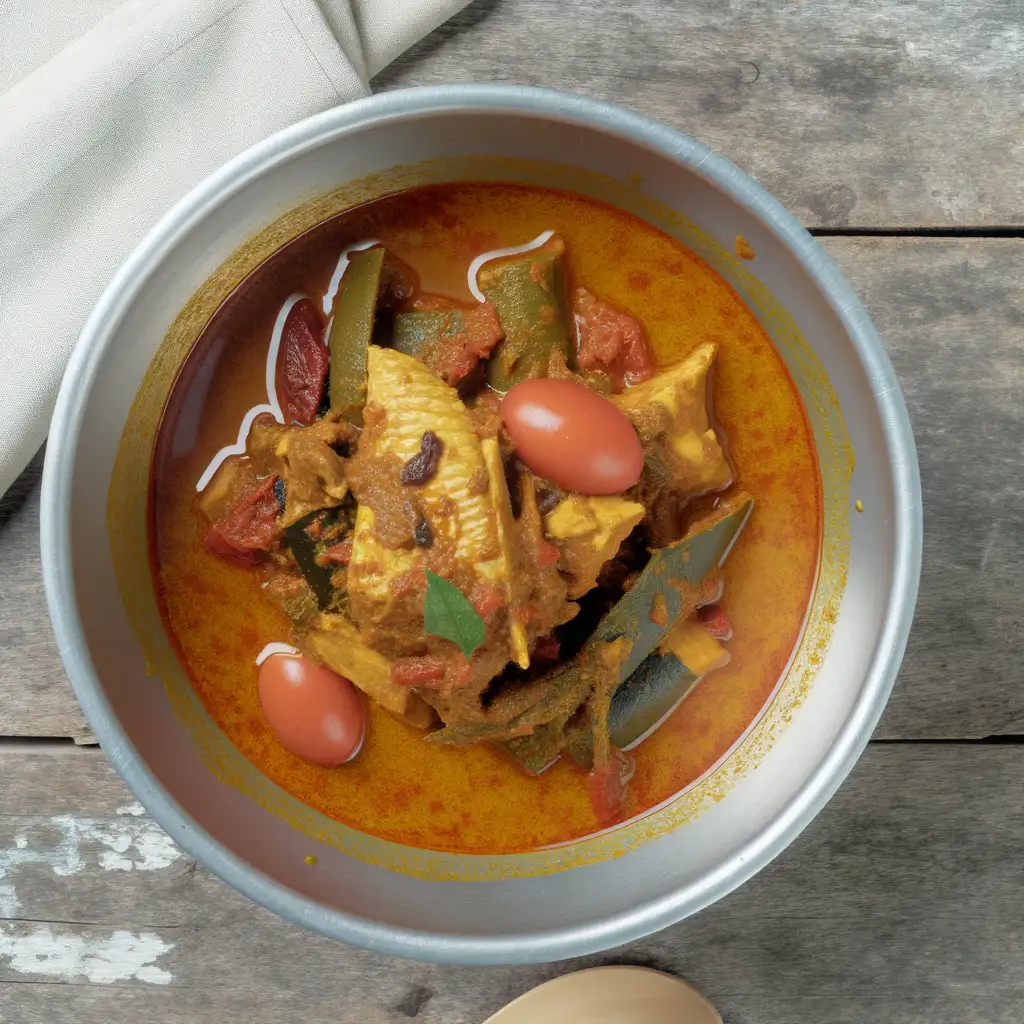


If you ever find yourself craving a laid-back coastal vibe mixed with a splash of vibrant local culture,Kuantan is where you want to be. The moment you step into this Malaysian city,there’s a gentle hum of life that feels both soothing and alive—waves softly crashing nearby,the chatter of street vendors,and the occasional call to prayer weaving through the air. It’s a place where the pace slows just enough for you to really soak in the surroundings without ever feeling bored. Walking along Teluk Cempedak Beach,you’ll catch the salty breeze mingling with the scent of grilled satay and fresh coconut from nearby stalls. The sand is warm underfoot,and the horizon stretches wide,inviting you to pause and just breathe. But Kuantan isn’t just about the coast; its streets pulse with a rich blend of Malay,Chinese,and Indian influences. You’ll find colorful markets bursting with tropical fruits,spices,and handmade crafts,while the local eateries serve up dishes that dance on your tongue—think creamy laksa,crispy keropok,and sweet,sticky kuih. What really makes Kuantan special is its genuine warmth. The locals greet you with smiles that feel like an invitation to slow down and savor the moment. Whether you’re exploring the lush greenery of nearby waterfalls or watching the sunset paint the sky in shades of pink and orange,Kuantan wraps you in a comforting embrace that’s hard to forget. It’s a city that invites you to experience Malaysia’s heart and soul,one simple,beautiful moment at a time.
The information on this page is currently being reviewed by Tripkliq and should be used as a guide only
Eng word: Hello
Eng pronunciation: Ha-lo
Local language: Halo
Eng word: Goodbye
Eng pronunciation: Se-la-mat ting-gal
Local language: Selamat tinggal
Eng word: Thank you
Eng pronunciation: Te-ri-ma ka-sih
Local language: Terima kasih
Eng word: How much
Eng pronunciation: Be-ra-pa
Local language: Berapa
Eng word: Toilet
Eng pronunciation: Tan-das
Local language: Tandas
Eng word: Help me
Eng pronunciation: To-long sa-ya
Local language: Tolong saya
Eng word: Yes
Eng pronunciation: Ya
Local language: Ya
Eng word: No
Eng pronunciation: Ti-dak
Local language: Tidak
Eng word: Excuse me
Eng pronunciation: Ma-af
Local language: Maaf
Kuantan's history dates back to the 1850s when it was founded by settlers from Sumatra and the Malay Peninsula. It was originally a fishing village before evolving into a significant urban and commercial center.
Like many parts of Malaysia, Kuantan came under British colonial rule in the 19th century, which left a mark on its administrative and social structures.
During World War II, Kuantan was occupied by Japanese forces from 1941 to 1945. This period was significant for the local population due to the hardships and challenges faced.
Kuantan experienced significant development after Malaysia gained independence in 1957, transitioning from a modest fishing village to an important industrial and commercial hub in the East Coast of Peninsular Malaysia.
This stunning mosque, completed in 1993, is one of Kuantan’s most recognizable landmarks. It symbolizes the Islamic heritage of the city and serves as a major place of worship.
Established in 1934, the Royal Pahang Golf Club is one of the oldest golf clubs in Malaysia and highlights Kuantan's long-standing colonial legacies and love for sports.
Kuantan has become a central part of Malaysia’s economy, particularly through the Kuantan Port, which facilitates international trade, and the development of the East Coast Economic Region (ECER).
Teluk Cempedak, a famous beach near Kuantan, has been a popular local holiday spot for decades, showcasing the city's natural beauty and its appeal as a tourist destination.
Kuantan hosts a variety of cultural and religious festivals that highlight its diverse population, including Chinese New Year, Hari Raya Aidilfitri, Deepavali, and Christmas.
In Kuantan, the most common Power Adaptor is Type G.


A popular dish consisting of steamed rice served with a variety of curries and side dishes, often enjoyed with fried chicken or fish.

A local sandwich made with a baguette filled with minced meat, eggs, and various sauces, often served with chili sauce.

A traditional fish curry made with a blend of spices and coconut milk, typically featuring local fish varieties.

A fragrant rice dish made with a mixture of white and glutinous rice, cooked in coconut milk and served with a spicy fish curry, usually mackerel.

A traditional fish cracker made from fish and sago flour, deep-fried until crispy, often served with a spicy dipping sauce.

A grilled fish cake made from minced fish mixed with spices and wrapped in banana leaves, giving it a unique flavor.

A rich and spicy noodle soup made with thick rice noodles, coconut milk, and a variety of seafood or chicken, garnished with fresh herbs.
Kuala Lumpur feels like a vibrant heartbeat pulsing through the heart of Malaysia—where tradition and modernity dance effortlessly together. The moment you step into the city,you’re greeted by the towering silhouettes of the Petronas Twin Towers piercing the sky,their glass facades shimmering against the tropical sun. But it’s not just the skyline that captivates you; it’s the lively street scenes below. The air buzzes with the chatter of street vendors,the sizzle of satay grilling over open flames,and the sweet aroma of pandan and lemongrass wafting from bustling food stalls.
Walking through neighborhoods like Bukit Bintang or Chinatown,you’ll find a kaleidoscope of colors and sounds—vibrant markets brimming with spices,textiles,and handcrafted trinkets,while the calls to prayer from nearby mosques blend harmoniously with the hum of city life. The city’s rich cultural tapestry is woven from Malay,Chinese,and Indian influences,creating a unique blend you can taste in every bite of nasi lemak or teh tarik.
What I love most is how Kuala Lumpur never feels rushed. Whether you’re sipping kopi at a roadside stall or wandering through the lush greenery of the KL Forest Eco Park,there’s a warm,welcoming energy that invites you to slow down and soak it all in. It’s a city that surprises you at every turn—full of contrasts,flavors,and stories waiting to be discovered.
If you’re dreaming of a place where nature’s beauty feels like it’s wrapped around you like a warm hug,Langkawi is that kind of magic. The moment you step off the ferry or plane,there’s this gentle tropical breeze carrying the scent of salt and frangipani,instantly calming your mind. The island hums with a laid-back energy—no rush,just the soft rustle of palm leaves and the distant call of exotic birds. It’s the kind of place where time slows down,inviting you to soak in every vibrant detail.
Langkawi’s charm lies in its wild,lush landscapes meeting the turquoise sea. Imagine hiking through dense rainforests where sunlight filters through the canopy,dappling the forest floor,or standing on the Sky Bridge,suspended high above the treetops,with panoramic views that steal your breath away. The beaches aren’t just pretty—they’re alive with the sound of gentle waves lapping against powdery white sand,and the taste of fresh seafood grilled right on the beach,bursting with smoky,spicy flavors.
What really makes Langkawi special is its blend of cultures and stories. You’ll find local markets buzzing with friendly vendors offering tropical fruits and handmade crafts,while the island’s legends and history whisper through ancient temples and mangrove forests. It’s a place where you can lose yourself in nature,savor authentic Malay flavors,and feel the genuine warmth of the people. Trust me,Langkawi isn’t just a destination—it’s a feeling you’ll want to carry with you long after you leave.
Imagine stepping into a place where the ocean breeze carries the scent of salty waves mingled with sizzling street food,and the sky melts into hues of pink and orange as the sun dips behind lush mountains. That’s Kota Kinabalu for you—a vibrant city that feels alive yet effortlessly laid-back. It’s the kind of place where you can wander through bustling markets filled with the chatter of locals,the clinking of fresh seafood on ice,and the rich aroma of spices from nearby stalls. The city pulses with a warm,welcoming energy that instantly makes you feel at home.
What really sets Kota Kinabalu apart is its seamless blend of nature and culture. You’re never far from the stunning backdrop of Mount Kinabalu,whose towering presence invites adventure and awe. At the same time,the city’s streets are a colorful tapestry of indigenous traditions,Malay influences,and Chinese heritage,all coming together in lively festivals,art,and food. Don’t miss trying the fresh seafood—imagine biting into a juicy,chili-laced grilled fish while the ocean breeze cools your skin.
Evenings here are magical. The waterfront comes alive with twinkling lights,the hum of live music,and the laughter of friends sharing meals under the stars. Whether you’re sipping a tropical drink or exploring night markets,Kota Kinabalu wraps you in a cozy,spirited embrace that stays with you long after you leave.
If you wander into George Town,Malaysia,you’ll immediately feel like you’ve stepped into a living canvas where history and modern life dance together effortlessly. The streets hum with a gentle buzz—motorbikes weaving past colorful shophouses,the chatter of locals blending with the clatter of street vendors setting up their stalls. There’s a warmth in the air,not just from the tropical sun but from the genuine smiles of people who clearly love their city.
As you stroll through the narrow lanes,your senses come alive. The scent of freshly fried char kway teow mingles with the earthy aroma of kopi brewing in tiny coffee shops. Walls burst with vibrant street art that tells stories of the city’s rich multicultural heritage—Chinese,Malay,Indian,and more—all coexisting in a beautiful patchwork. You can almost taste the history in the air,from the colonial architecture to the centuries-old temples tucked between modern cafes.
What makes George Town truly special is its soul. It’s a place where tradition isn’t stuck in the past but woven into everyday life. Whether you’re savoring a bowl of laksa at a hawker stall or chatting with an artist in a cozy gallery,you feel connected to something authentic and alive. It’s a city that invites you to slow down,explore with curiosity,and fall in love with its stories,one flavorful bite and colorful corner at a time.
Johor Bahru has this lively,welcoming energy that instantly makes you feel like you’ve stepped into a place where tradition and modern life dance together effortlessly. As you wander through its bustling streets,you’ll catch the rich aroma of spices and grilled satay wafting from street stalls,mingling with the faint scent of tropical flowers from nearby gardens. The city hums with a mix of chatter in Malay,Mandarin,and Tamil,creating a vibrant soundtrack that’s both familiar and excitingly new.
What’s really special about Johor Bahru is how it wears its history with pride while embracing the future. You can explore colorful temples and colonial buildings that tell stories of the past,then hop over to sleek malls or quirky cafes where young locals sip kopi and share laughs. The city’s character shines brightest in its food—imagine biting into a crispy roti canai,the flaky layers melting in your mouth,or savoring fresh seafood caught just off the coast,bursting with flavor.
There’s a warmth in the people here that’s hard to forget. Whether you’re bargaining at the lively markets or chatting with a friendly vendor,you’ll feel a genuine kindness that makes the city feel like a second home. Johor Bahru isn’t just a stopover; it’s a place that invites you to slow down,soak in the colors,sounds,and tastes,and leave with stories you’ll want to tell again and again.
Imagine stepping onto Redang Island and instantly feeling the gentle embrace of warm tropical air mixed with the salty tang of the sea. This place isn’t just about stunning beaches—though the powdery white sands and crystal-clear turquoise waters are enough to make you pause and breathe it all in. What really sticks with you is the peaceful rhythm of island life,where the only soundtrack is the soft rustle of palm leaves and the distant call of seabirds. It’s the kind of place where time slows down,inviting you to sink into the moment.
As you explore,you’ll notice the vibrant coral reefs just beneath the surface,teeming with colorful fish darting through the water like living jewels. Snorkeling here feels like swimming inside a kaleidoscope. On land,the island’s lush greenery and rugged hills offer quiet trails that lead to breathtaking viewpoints,where the horizon stretches endlessly,blending sea and sky. The local fishing villages add a warm,authentic touch—friendly smiles,the aroma of fresh seafood grilling over open flames,and the gentle chatter of locals going about their day.
Redang’s charm lies in its simplicity and natural beauty,but also in the way it invites you to connect—with nature,with the sea,and with a slower pace of life. Whether you’re savoring a fresh coconut by the shore or watching the sun dip below the horizon in a blaze of orange and pink,Redang leaves you feeling refreshed,inspired,and quietly enchanted.
Scammers may install skimming devices on ATMs to steal tourists' card information and PINs.
Shops or street vendors may sell fake branded items at high prices, claiming they are genuine.
Scammers may pose as representatives of charities and pressure tourists into making donations for fake causes.
Vendors may sell low-quality or fake souvenirs at high prices, claiming they are authentic local crafts.
Scammers may sell fake or overpriced tour packages to popular attractions, leaving tourists stranded or disappointed.
Tourists may be accused of damaging rented motorbikes and forced to pay exorbitant repair fees, even if the damage was pre-existing.
Some restaurants may inflate prices for tourists or include hidden charges in the bill, such as unnecessary service fees.
Crowded areas like markets or tourist spots may attract pickpockets who target unsuspecting tourists.
Tourists may be lured into street gambling games, which are rigged to ensure they lose money.
Some taxi drivers may refuse to use the meter and charge tourists inflated fares, especially for short distances.
Malaysia has extremely strict drug laws, and this applies to Kuantan as well. Possession, use, or trafficking of illegal drugs can result in severe penalties, including the death penalty for trafficking. Even small amounts of drugs can lead to imprisonment or heavy fines. Tourists should avoid any involvement with drugs and ensure they do not carry any prohibited substances into the country.
In Kuantan, Malaysia, smoking is prohibited in most public places, including restaurants, parks, government buildings, and public transportation. Designated smoking areas may be available in some locations. Smoking is also banned in air-conditioned spaces and within a 3-meter radius of public buildings. Violators may face fines of up to RM 10,000 or imprisonment. Tourists should look for 'No Smoking' signs and adhere to local regulations.
Vaping is regulated similarly to smoking in Malaysia, including in Kuantan. It is prohibited in non-smoking areas, and the sale of vape products containing nicotine is restricted. Tourists should avoid vaping in public spaces unless in designated areas. Importing or carrying vape products with nicotine may also be subject to legal scrutiny, so travelers should exercise caution.
What are other people saying about Kuantan?
Recent Social posts about Kuantan
There is nothing to show you for now.